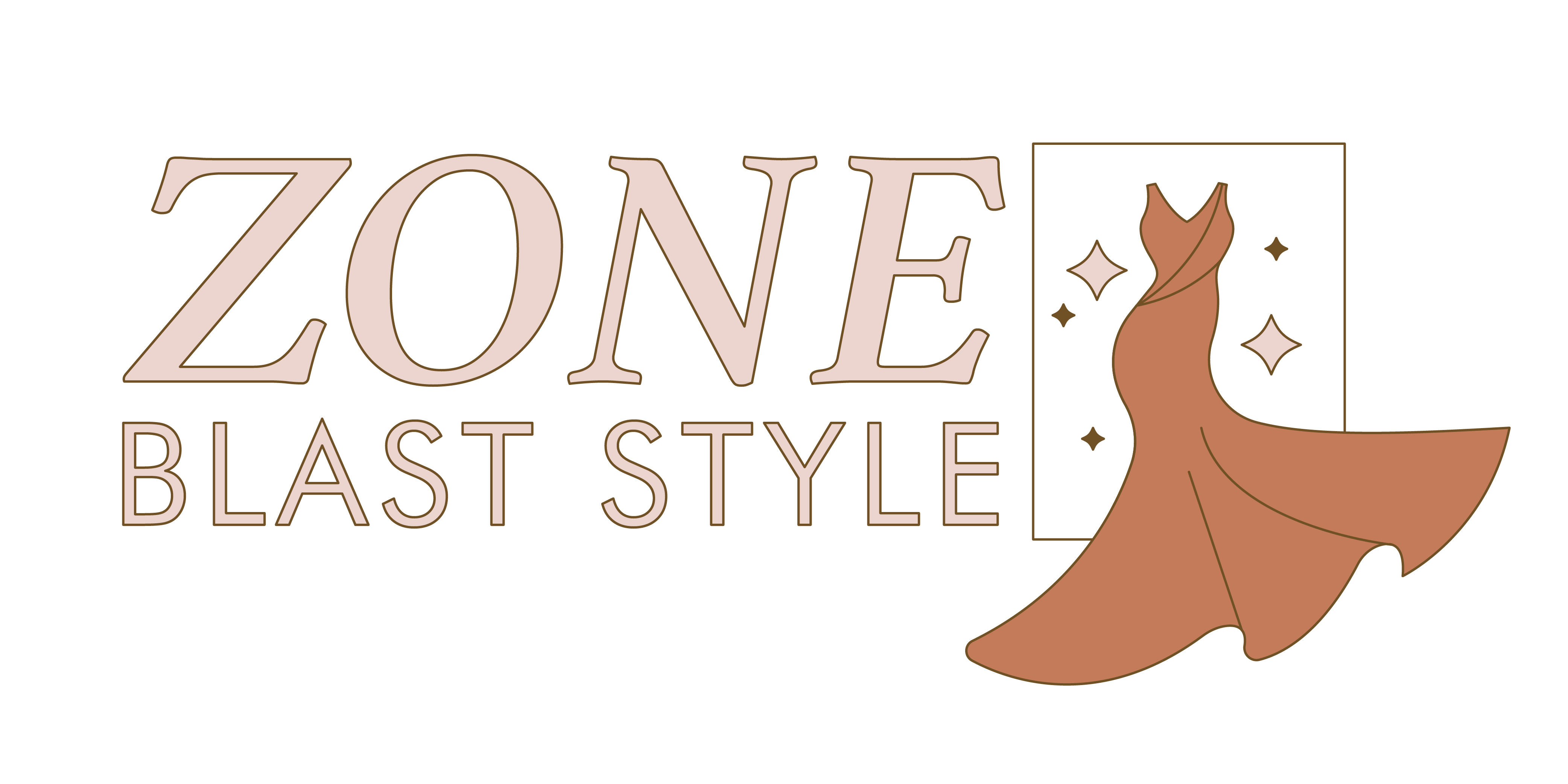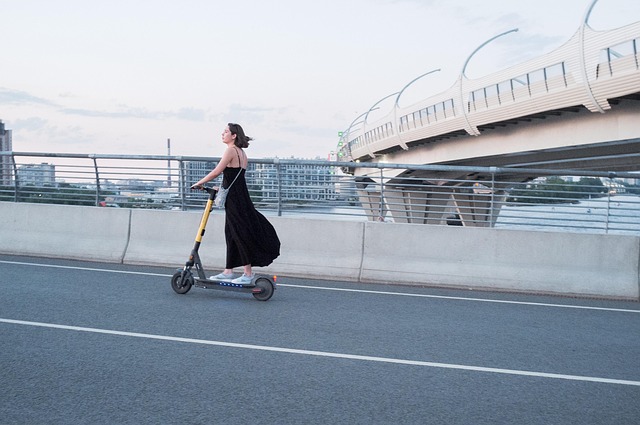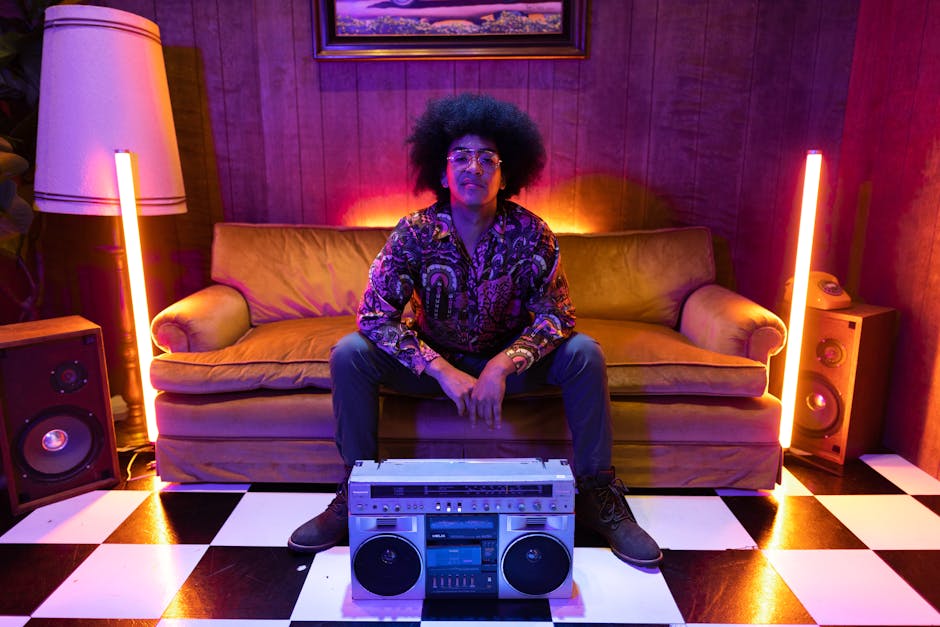Introduction: Where Fabric Meets Function
Fashion used to be fabric. Technology used to be code. Now? They’re on the same runway.
The lines between style and science have officially blurred. From AI-driven personalization to 3D-printed sneakers and smartwatches that double as fashion statements, the fusion isn’t limited to one niche. It’s unfolding on catwalks, in labs, and inside your closet.
What’s driving this? Three forces: shifting consumer expectations, relentless tech innovation, and a culture hooked on constant reinvention. People want clothes that do more: track health, adapt to weather, even exist only online. On the flip side, tech craves aesthetic credibility, which fashion provides in droves.
For creators, this merge opens new ground—content that spans style hacks and startup reviews, shots from fashion week and footage from a lab. For consumers, it deepens identity and expression. For culture? It signals the evolution of trendsetting itself: no longer seasonal, but continuous—and increasingly co-created between human and machine.
Wearable Tech Gets Real
Technology is no longer just an accessory to fashion—it’s being woven directly into the fabric. Wearable tech has evolved far beyond basic fitness trackers to become an integral part of how we dress, move, and monitor our lives.
Beyond the Wrist: Smart Textiles and Sensor-Embedded Clothing
The future of wearables lies in textiles themselves. Designers and engineers are embedding sensors and microchips into fabrics to make clothes more responsive, interactive, and informative.
- Smart textiles can monitor heart rate, muscle tension, and hydration levels
- Sensor-embedded clothing adapts to temperature changes or tracks posture
- Conductive fabrics allow garments to transmit data in real time
This shift turns clothing into a tool—not just for style, but for personal insight.
Practical Meets Stylish: Fashion That Works for You
Wearable tech is proving that high-tech doesn’t have to mean high compromise. Many innovations fuse style with utility to meet real-world needs:
- Health Monitoring: Shirts that track vital signs for athletic training or chronic condition management
- Thermal Regulation: Outerwear that adjusts warmth based on body temp and outdoor conditions
- UV Detection: Clothing that alerts wearers to sun exposure risks
Increasingly, these features are being integrated discreetly so clothing still looks elegant while packing serious tech capabilities.
Who’s Leading the Charge?
A wave of startups and legacy brands are pushing wearable tech from niche to mainstream:
- Hexoskin and OMsignal pioneered biometric shirts for athletes and health-conscious consumers
- Ralph Lauren developed tennis shirts that measure performance metrics without extra devices
- CuteCircuit and The Unseen are making tech-forward fashion that’s runway-worthy
From materials science labs to couture catwalks, the fusion of fashion and tech is accelerating, proving that we’ve only scratched the surface of what wearable technology can become.
Digital Fashion and the Virtual Closet
You can’t touch it, but digital fashion is very real. In 2024, digital garments and NFT fashion aren’t just novelties—they’re shaping how people express themselves online. These pixelated pieces, whether worn on avatars or flexed on virtual runways, are rewriting the rules of personal style.
Brands have caught on fast. Digital drops are cheaper, faster, and limitless in design. They’re using virtual looks not just to experiment with aesthetics, but to build hype, reward loyal followers, and form tight-knit communities around exclusive releases. It’s fashion without the cost of materials or distribution—and it moves at the speed of culture.
Gaming platforms and metaverse spaces are now fashion playgrounds. Roblox, Fortnite, and ZEPETO aren’t just games—they’re arenas where digital identity gets dressed up. Limited-edition skins aren’t just about combat stats or clout—they’re about self-expression. Vloggers and influencers are jumping in, styling virtual fits like they style real ones, making content that spans both worlds.
Virtual wardrobes might seem like a gimmick—but they’re not going away. They’re carving out a new lane in fashion where creativity, tech, and subculture all collide.
Sustainability Through Innovation
Fashion needs a cleanup—and tech’s making it happen. For decades, the industry pumped out waste and emissions with little accountability. That’s starting to shift. Fabric recycling is finally going beyond buzzword status. Advanced sorting systems now break down old textiles by fiber type, letting materials like cotton or polyester get reused without losing quality.
3D printing is another game-changer. Designers can prototype or even produce full garments with close to zero waste. No leftover fabric scraps. No batch overproduction. Just precision, on demand. Pair that with made-to-order manufacturing, where garments aren’t created until someone actually wants them, and you’re cutting mass waste at the root.
Then there’s traceability. Shoppers want to know where a product came from—or who made it. Digital IDs and blockchain tech are giving every item a trackable storybook. From farm to factory to hanger, this creates a new kind of trust between brand and buyer. Ethical sourcing is no longer optional; it’s expected.
What technology is doing here isn’t flashy. It’s practical. Quiet advances that, working together, could finally dig fashion out of its environmental hole.
Inclusivity, Tech, and Identity
Inclusivity in fashion isn’t a slogan anymore—it’s a design directive. Tech is finally catching up to the idea that one-size-fits-all never fit anyone. With AI and big data, brands are now analyzing real body measurements across demographics to build clothing that actually fits real people—not just showroom mannequins. The result is sharper patterning, more accurate grading, and better-fitting clothing across the board.
Virtual try-ons are pushing things even further. Whether it’s AR mirrors in shops or overlay features in e-commerce apps, consumers can now visualize how clothes fit without ever stepping into a dressing room. That’s a game changer for people with disabilities, those underserved by traditional sizing, or anyone just avoiding awkward fitting room lighting. More access equals more confidence, and the tech is only getting sharper.
On the style spectrum, gender-fluid design is thriving through digital platforms. Independent designers are using online-first strategies to sidestep the binary-centric mold of legacy brands. These creators directly engage with communities looking for representation, using e-commerce to tailor offerings to real needs. Platforms like Instagram, TikTok, and Etsy have become launchpads for genderless collections that are personal, political, and profitable.
For a deeper look into how identity is driving design, see Gender Fluid Fashion Trends and Icons.
The Designers Blending Both Worlds
Some of the most compelling work in fashion today isn’t coming from traditional luxury houses—it’s coming from the collision of code and couture. Labels like The Fabricant, which designs entirely digital fashion pieces, and Wearable X, creators of yoga leggings that vibrate to guide your poses, are setting the tone. These aren’t gimmicks; they’re redefining what garments can be when tech is part of the DNA, not just an accessory.
We’re also seeing brilliant partnerships unfold between technologists and fashion veterans. Engineers are working with couturiers to design dresses that respond to their surroundings—think climate-reactive materials or kinetic fabrics that shift shape. Ava Tron, a Berlin-based artist-engineer hybrid, is leading a studio that prototypes microcurrent-activated textiles, turning fabric into a responsive interface.
On the experimental edge, student designers are treating the runway like a lab. At schools like Central Saint Martins and Parsons, graduates are building biofabric prototypes, coding textile behavior, and using machine learning to optimize material waste reduction. The next Alexander McQueen may just be a coder with a flair for draping—and they’re already testing what comes after the stitched seam.
What’s Coming Next
Fashion and technology continue to evolve hand in hand, and the future holds some truly boundary-pushing developments. From emotionally responsive textiles to AI-powered style assistants, we’re entering a new era where style becomes even more personalized, immersive, and dynamic.
Smart Fabrics: Clothing That Feels You
Imagine clothing that changes based on your mood or surroundings. Smart fabrics are turning that idea into reality. These textiles use embedded sensors and materials that respond to:
- Emotion: Fabrics that shift color or texture based on biometric signals like heart rate, stress levels, or skin temperature.
- Environment: Garments that adapt to heat, light exposure, or moisture—ideal for both performance and everyday wear.
These materials are transforming clothing from passive fabric into an active interface between body and environment.
AI Stylists and Virtual Wardrobes
Artificial intelligence isn’t just learning your taste—it’s about to start making decisions for you. Enter the AI stylist.
- AI style assistants can analyze your previous choices, body type, and even calendar to suggest full outfits.
- Virtual closets let users try on clothes digitally, mix and match items, and mirror their physical wardrobe in a digital setting.
- Integrated e-commerce makes it easy to move from recommendation to purchase instantly.
This shift helps consumers navigate choice overload while discovering new styles tailored entirely to their preferences.
Open Questions: What Still Needs Solving?
With rapid innovation come new concerns. As fashion gets smarter, more connected, and more data-driven, several open questions remain:
- Privacy: How is personal data collected by smart wearables being stored, shared, or monetized?
- Data dependency: Will consumers become over-reliant on AI stylists, losing personal creativity?
- Tech fatigue: As clothing becomes more complex, at what point does functionality start to feel invasive?
These aren’t small concerns—and how the industry chooses to address them will shape the future of digital fashion.
Staying ahead in fashion tech means not just embracing new tools—but also questioning how and why we use them.
Conclusion: Stitching Style with Innovation
Stay Curious, Stay Relevant
In the fast-evolving world of fashion technology, the only constant is change. Creators, innovators, and consumers alike must remain curious to keep pace with what’s next. Progress doesn’t come from playing it safe—it comes from exploring the edges of what’s possible.
- Innovation thrives on curiosity and experimentation
- Those who embrace change will shape the future of both fashion and tech
Creativity Meets Responsibility
As technology becomes more deeply woven into the fabric of style, the stakes get higher. It’s not just about making bold statements—it’s about making them responsibly. Ethically sourcing materials, protecting user data, and designing with inclusivity in mind are all part of the equation.
- Balance aesthetics with long-term impact
- Design with empathy, not just efficiency
- Treat data and sustainability as design elements, not afterthoughts
Final Thought: A Reimagined Fashion Narrative
Technology isn’t replacing fashion—it’s simply reshaping its narrative. Seamlessly integrated tech allows fashion to tell richer stories, solve real-world problems, and reflect more diverse experiences. The most compelling future belongs to those who can blend artistry, utility, and innovation into something meaningful.
- The future of fashion is interdisciplinary
- Style will remain personal—but powered by smarter tools
- Success lies in embracing evolution, not resisting it


 Fashion Trends Editor
Fashion Trends Editor
